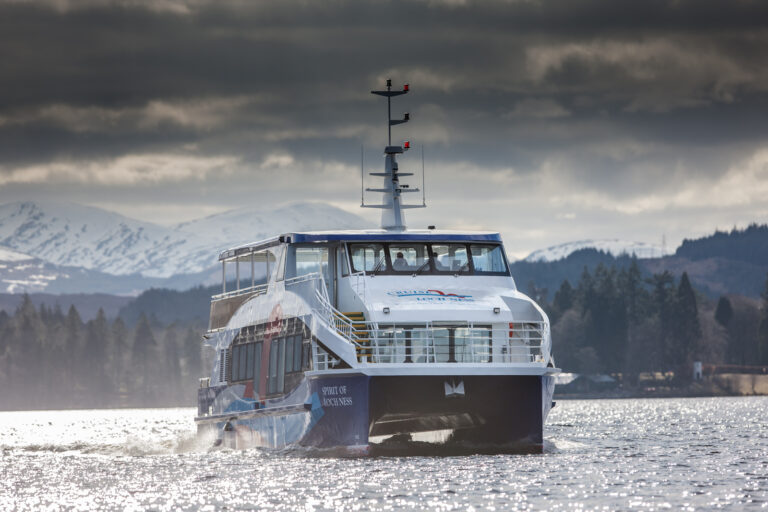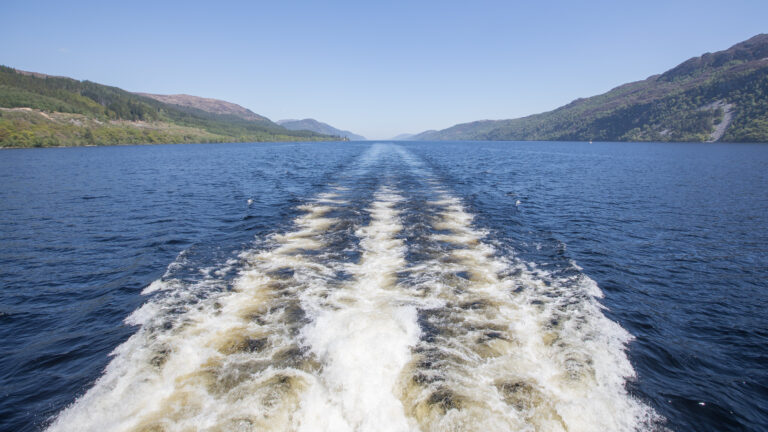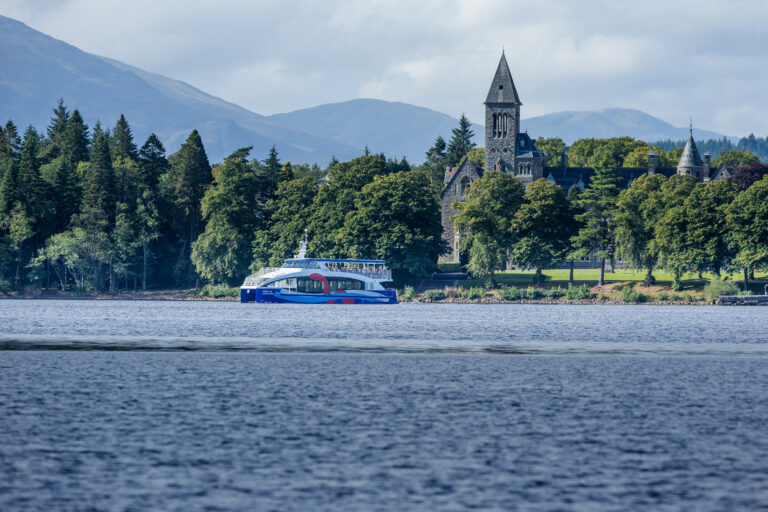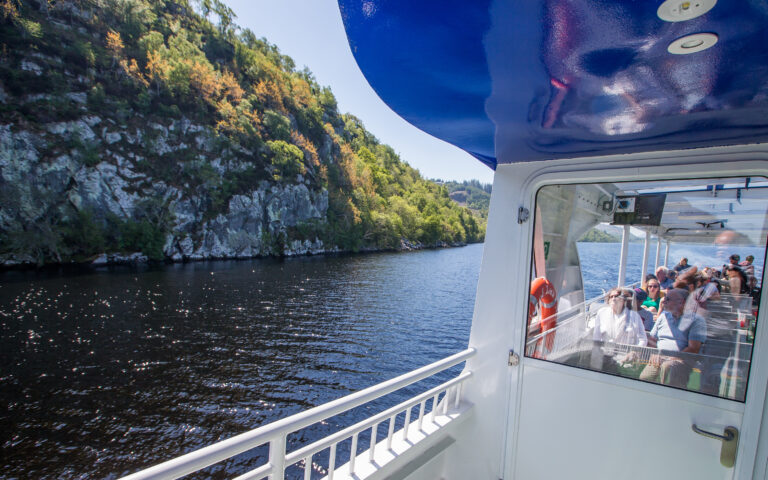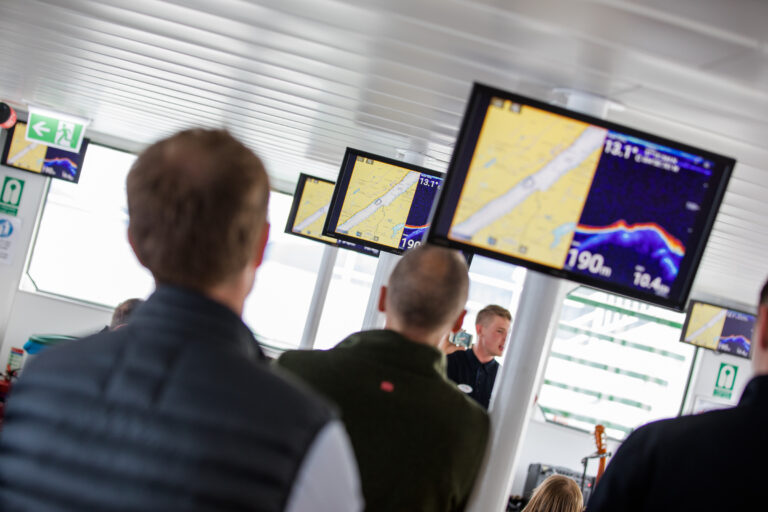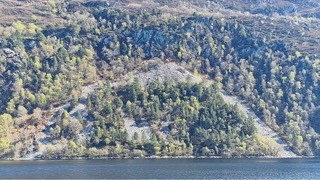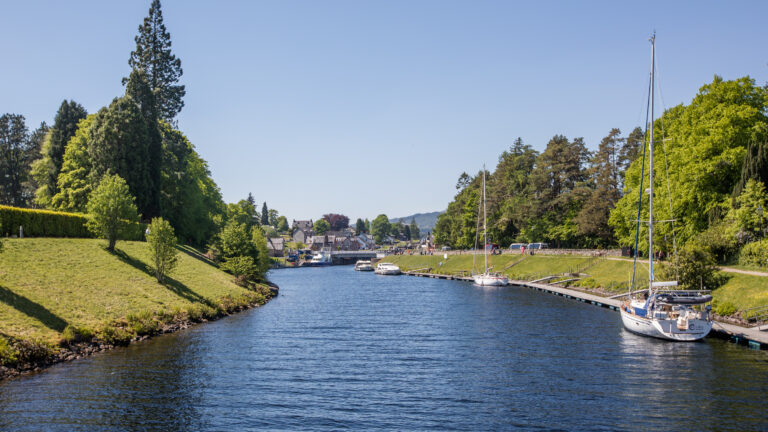This Cruise Loch Ness vessel is a custom built cruise ship which complies with the British Maritime and Coastguard Agency’s regulations.
For your comfort and safety please listen to the following safety announcement.
In the unlikely event of an emergency please listen carefully to the instructions given through the vessel’s public address system and directions given by crew members.
Life jackets are stored under the seats in the saloon and in marked boxes on both the lower back deck and upper deck. Instructions are clearly displayed in the saloon and in the wheelhouse window. Crew members will assist if required.
Life rafts are located on the top back deck. These will deploy automatically or manually and crew members will instruct and assist you to board them. The captain asks all passengers with children to please be aware that running is not allowed on board and your children must be with you at all times.
Please use the litter bins throughout the vessel and never discard rubbish over the side. The entire Cruise Loch Ness vessel is a NO SMOKING zone so there is no smoking anywhere on the vessel.
We have a bar on the lower deck with a good selection of beers, souvenirs and, of course, malt whiskies.
Toilets are located on the starboard (right) side for ladies and on the port (left) side for gentlemen.
If you need any further help or information please feel free to ask a member of the crew.
So, now, sit back, relax, and enjoy the wonders of Loch Ness in the Great Glen of Scotland … but please don’t feed the monsters!


